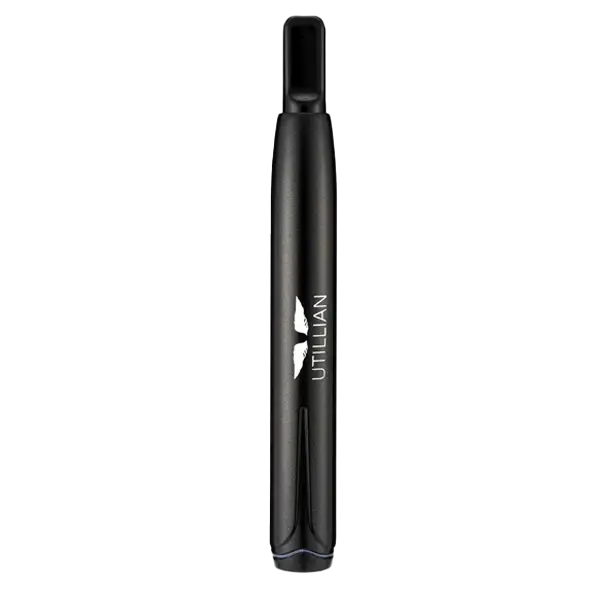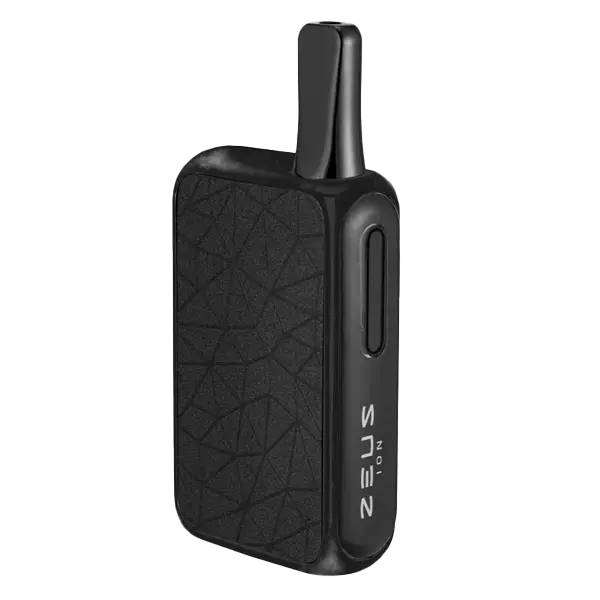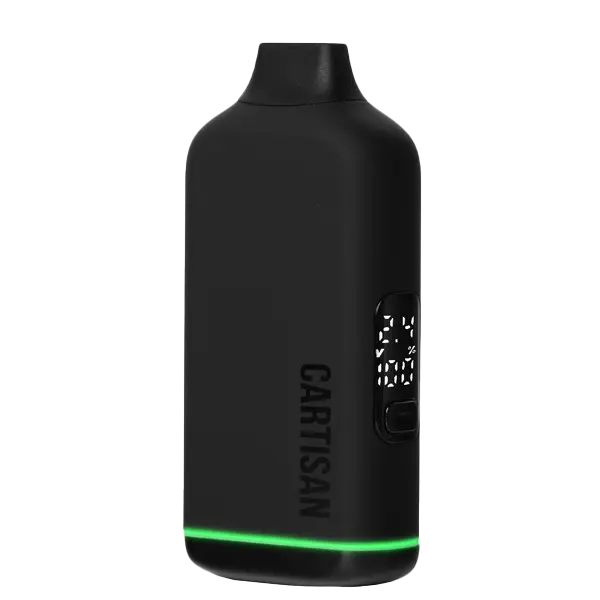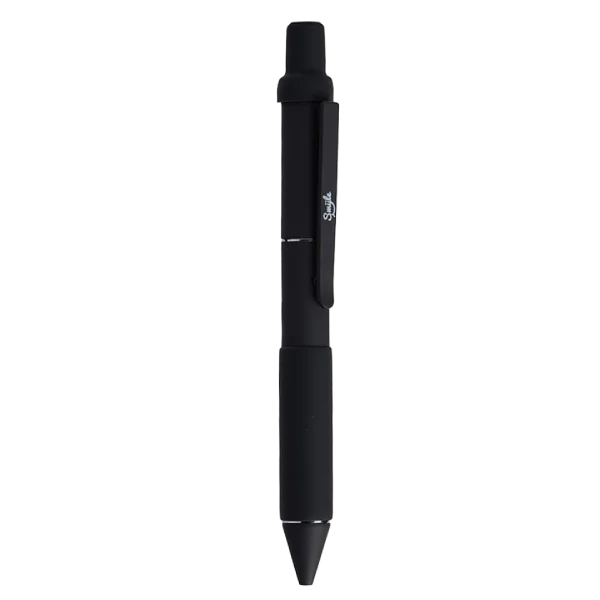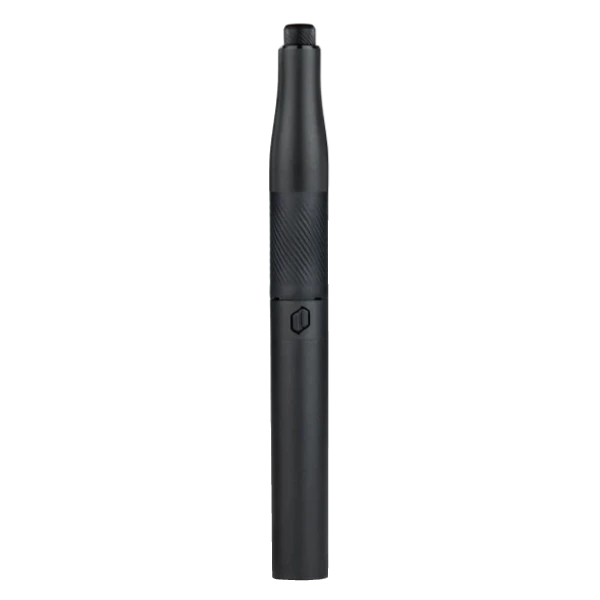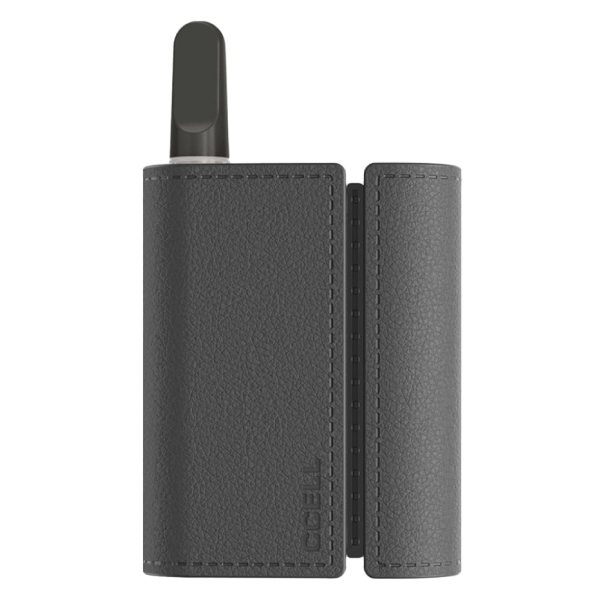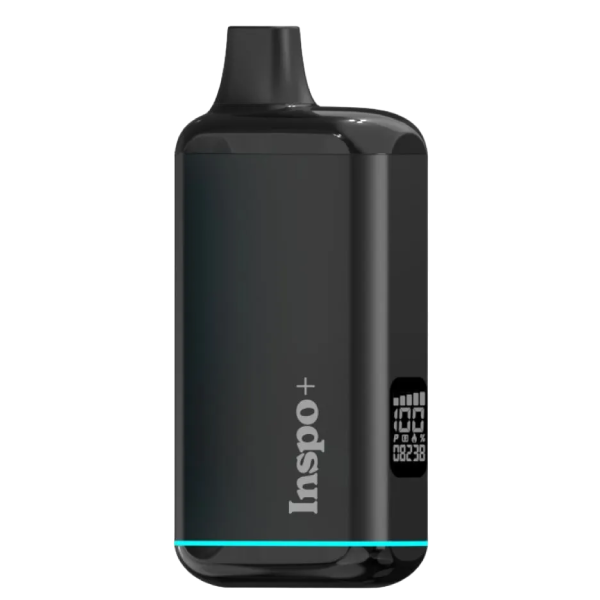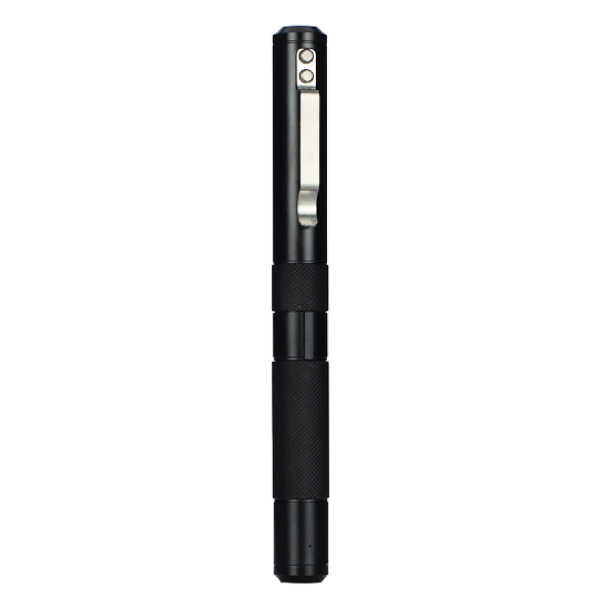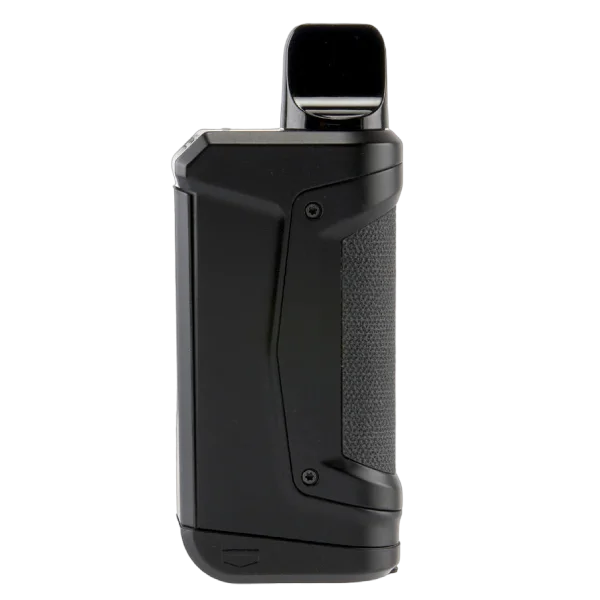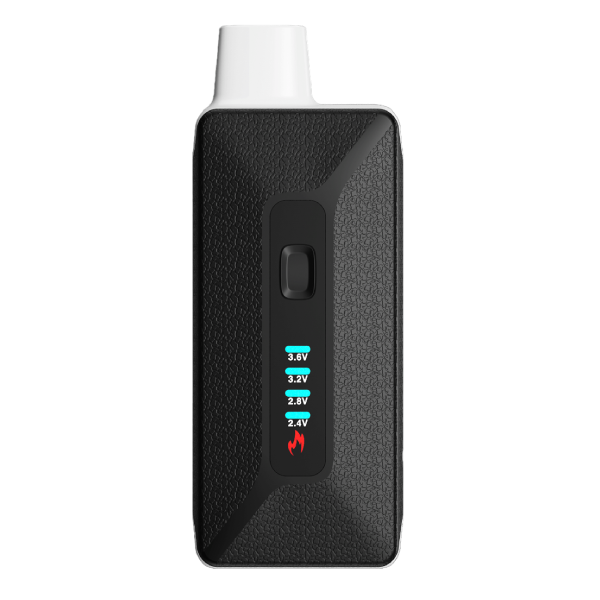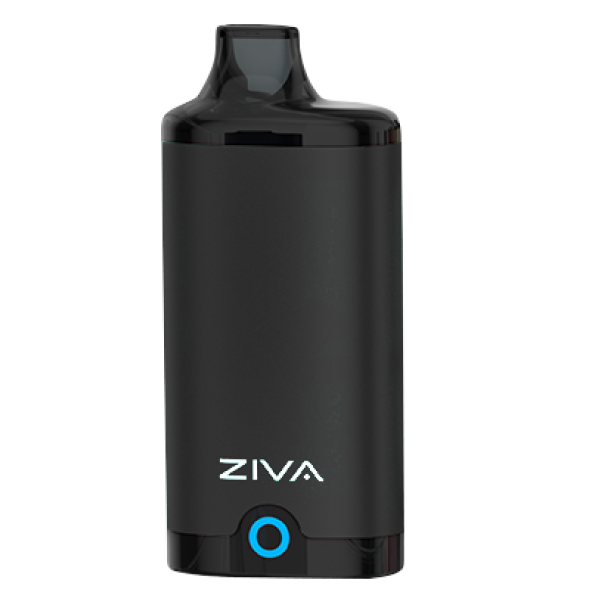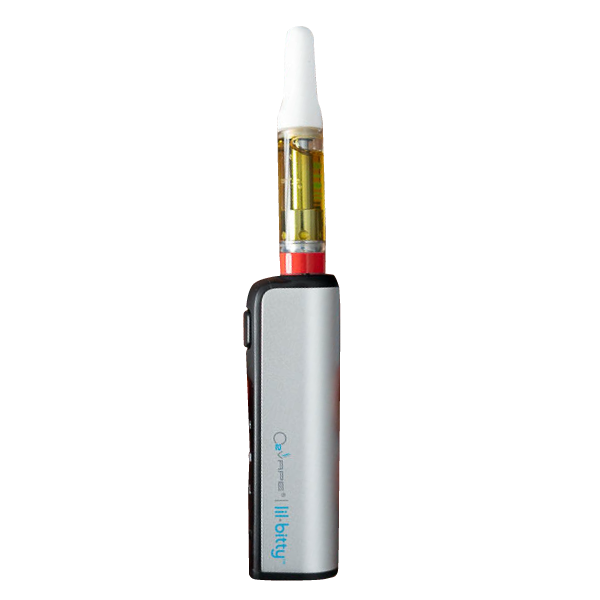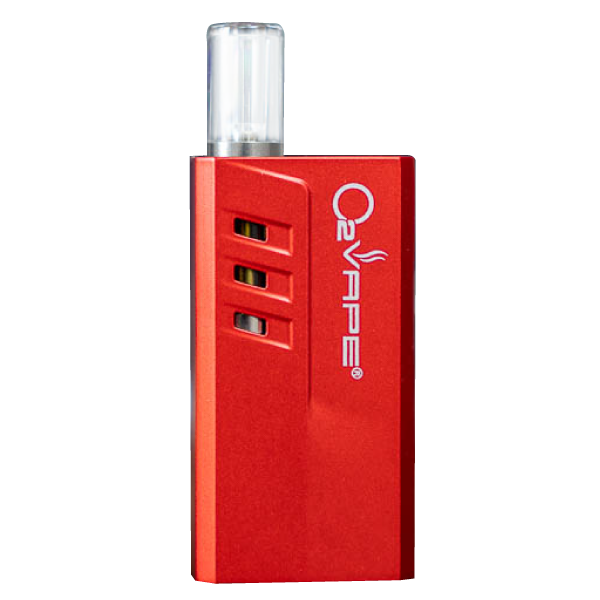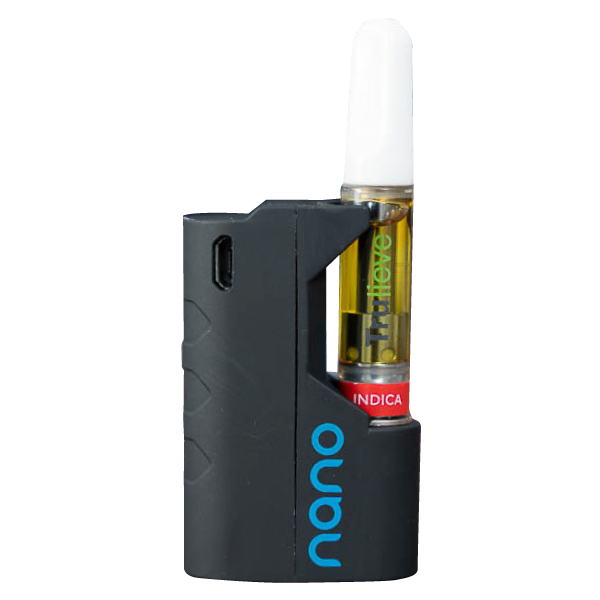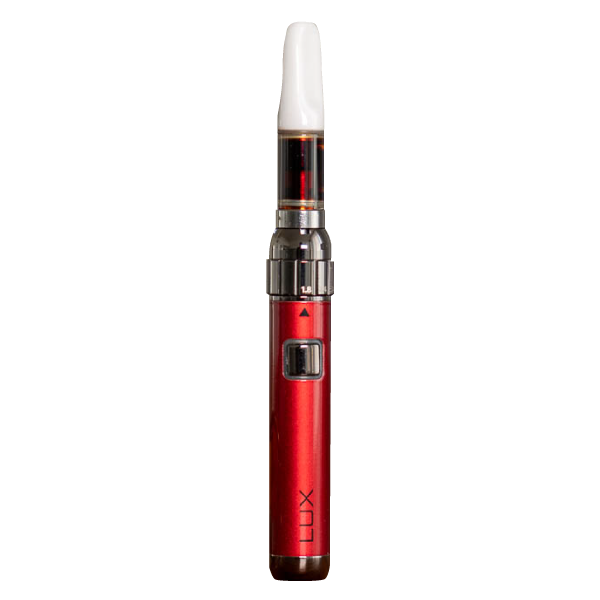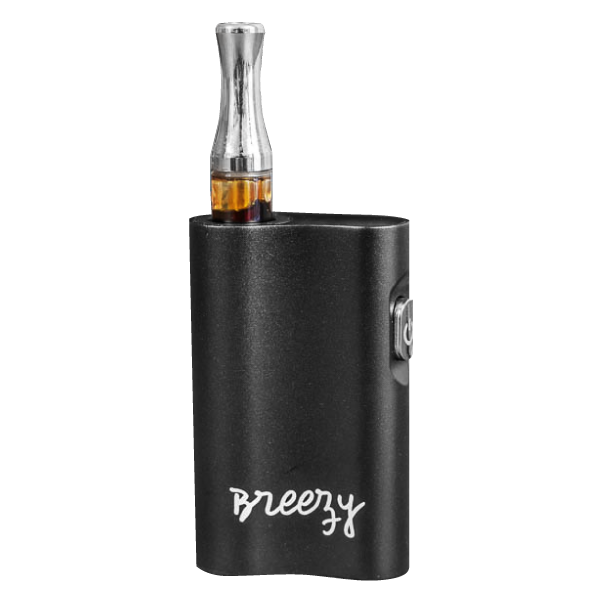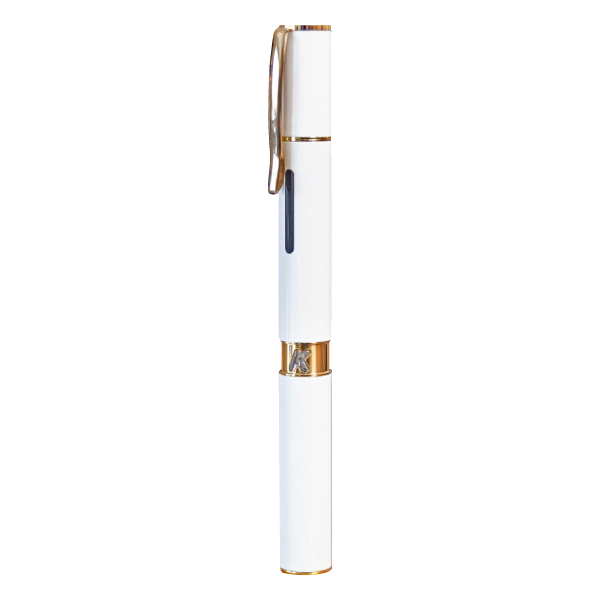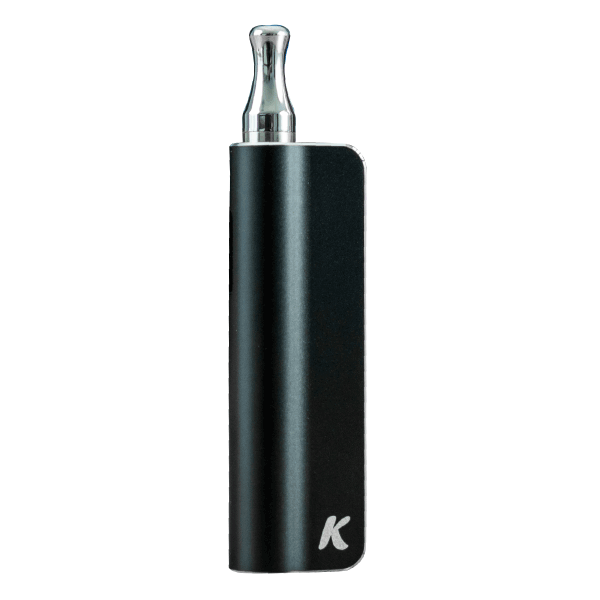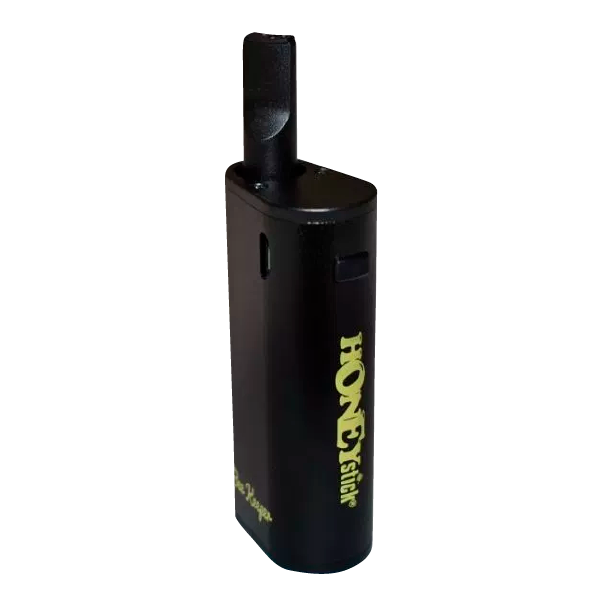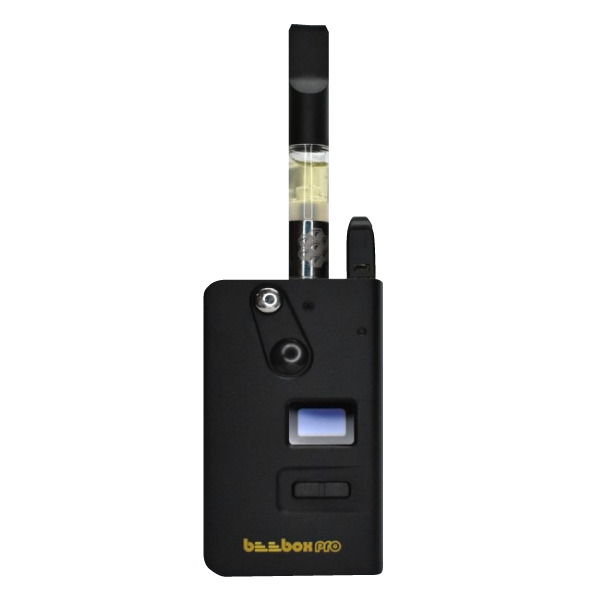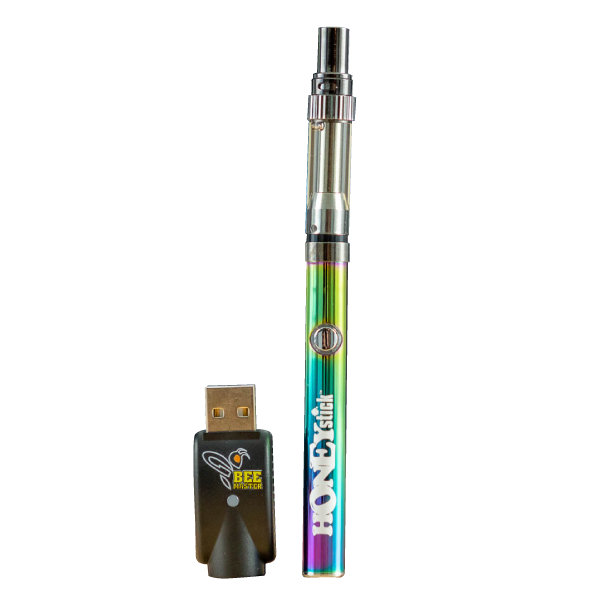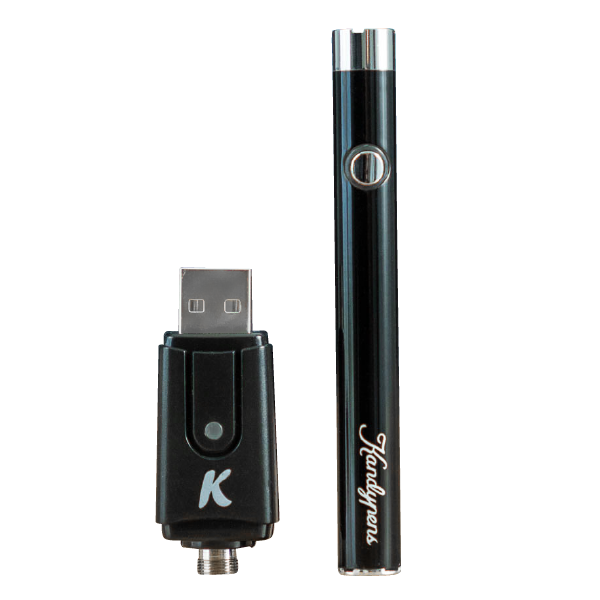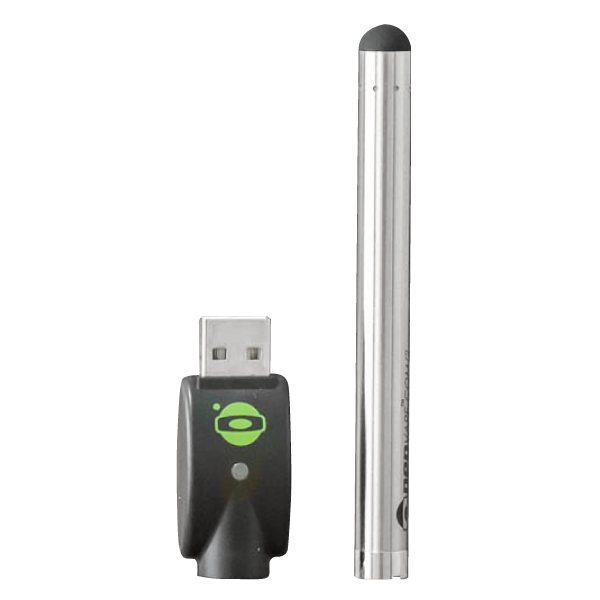- Release date: May 2024
- Temp settings: 4 Levels
- Precise temp control: No
510 Batteries For Carts
510 batteries are the most affordable, convenient, and discreet way to enjoy oily extracts, which come prefilled in “510-thread” cartridges. We’ve been testing and reviewing 510 batteries for over a decade, consistently updating this list with the most popular and newest models. Read more ↓
- Release date: Mar 2024
- Temp settings: 4 Levels
- Precise temp control: No
- Release date: Jun 2024
- Temp settings: 4 Levels
- Precise temp control: No
- Release date:
- Temp settings: 3 Levels
- Precise temp control: No
- Release date: Nov 2023
- Temp settings: 3 Levels
- Precise temp control: No
- Release date: Feb 2023
- Temp settings: 8 Levels
- Precise temp control: No
- Release date: Feb 2024
- Temp settings: 2 Levels
- Precise temp control: No
- Release date: Nov 2023
- Temp settings: 5 Levels
- Precise temp control: No
- Release date: Jan 2024
- Temp settings: 4 Levels
- Precise temp control: No
- Release date: Jul 2023
- Temp settings: 4 Levels
- Precise temp control: No
- Release date: Aug 2023
- Temp settings: 3 Levels
- Precise temp control: No
- Release date: Jul 2022
- Temp settings: 3 Levels
- Precise temp control: No
- Release date: Jul 2022
- Temp settings: 3 Levels
- Precise temp control: No
- Release date: Jul 2022
- Temp settings: 3 Levels
- Precise temp control: No
- Release date: Sep 2022
- Temp settings: 5 Levels
- Precise temp control: No
- Release date: Jun 2020
- Temp settings: 2 Levels
- Precise temp control: No
- Release date: Dec 2020
- Temp settings: 4 Levels
- Precise temp control: No
- Release date: Nov 2019
- Temp settings: 3 Levels
- Precise temp control: No
- Release date: Aug 2019
- Temp settings: 4 Levels
- Precise temp control: No
- Release date: Sep 2019
- Temp settings: 1 Level
- Precise temp control: No
- Release date: Jul 2019
- Temp settings: 4 Levels
- Precise temp control: No
- Release date: Jun 2019
- Temp settings: 3 Levels
- Precise temp control: No
- Release date: May 2019
- Temp settings: 3 Levels
- Precise temp control: No
- Release date: Mar 2019
- Temp settings: 4 Levels
- Precise temp control: No
About Our 510 Batteries Reviews
510 batteries are celebrated for their affordability, convenience, and discreteness. As the most popular power source for prefilled cartridges, these devices offer a seamless and versatile vaping experience. Whether you’re a beginner or a seasoned user, our in-depth reviews help you find the best 510 battery for your needs. Explore our curated list of top recommendations on the Best 510 Batteries page.
How We Test 510 Batteries
We ensure that every 510 battery is rigorously tested for performance, usability, and durability. Here’s how we evaluate them:
- Initial Impressions:
- Assessing the unboxing experience and design aesthetics.
- Inspecting build quality for durability and safety.
- Performance Evaluation:
- Battery capacity and runtime testing to evaluate longevity.
- Voltage range and compatibility with various cartridge types.
- User Experience:
- Ease of use for both draw-activated and button-activated models.
- Portability and discreteness for convenient on-the-go use.
- Durability Testing:
- Stress tests for long-term reliability.
- Charging reliability and speed assessments.
Categories of 510 Batteries
- Pen-Style Batteries: Slim and straightforward designs for casual users.
- Concealed Batteries: Discreet devices that hide the cartridge for added privacy.
Key Features We Consider
When reviewing 510 batteries, we focus on the following critical features:
- Voltage Range: Adjustable settings to accommodate different oil viscosities and flavors.
- Battery Capacity: Longevity per charge and overall lifespan, measured in milliamp hours (mAh).
- Activation Style: Comparing draw-activated vs. button-activated models for user preference.
- Build Quality: Materials used and durability under frequent use.
- Charging Method: Options like USB-C, micro-USB, or proprietary chargers.
- Additional Features: Preheat mode, stealth designs, LED indicators, and session modes.
Why Trust Our Reviews
Our team brings years of expertise in testing portable vaping devices, including 510 batteries. Through rigorous testing protocols and real-world evaluations, we provide honest and reliable recommendations. We also integrate feedback from the vaping community to ensure our reviews address the needs of all users.
510 Batteries Jargon Explained
Here are some key terms to help you understand 510 batteries:
- 510 Thread: A standardized connection used for compatibility with most cartridges.
- mAh: Measurement of battery capacity, indicating how long it will last per charge.
- Preheat Mode: A feature that warms thicker oils for smoother vaporization.
- Variable Voltage: Adjustable power settings for different oil types and user preferences.
- Stealth Mode: Features that conceal the cartridge for discreet use.
- Session Mode: Continuous heating for extended usage or group sessions.
- Blinkers: When the battery’s light blinks to indicate that it’s been used continuously for the maximum draw time.
